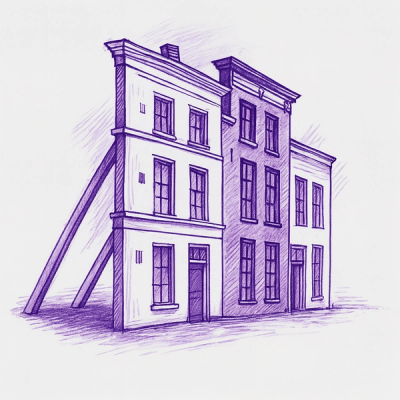
Security News
Official Go SDK for MCP in Development, Stable Release Expected in August
The official Go SDK for the Model Context Protocol is in development, with a stable, production-ready release expected by August 2025.
react-lazy-blur-image
Advanced tools
Load low resolution / placeholder image first and then load the actual image lazily when it's in the viewport.
Load low resolution / placeholder image first and then load the actual image lazily when it's in the viewport.
Example with 1000 images

The component starts by displaying a lightweight gray placeholder (base64 encoded).
When the component is about to reach the viewport, the gray placeholder is replaced with the actual placeholder you provided (Can be any image. Either local placeholder or remote low resolution image) and at the same time the actual image is loaded lazily and replaces the placeholder when it's fully loaded.
This gives us an absolute perfect user experience / performance balance.
The package is available on npm.
npm i -s react-lazy-blur-image
yarn add react-lazy-blur-image
This component expects exactly one child which has to be a function. You get the src and the style to apply (for blur effect)
import React from 'react';
import LazyImage from 'react-lazy-blur-image';
const App = () => {
return (
<LazyImage
placeholder={'http://example.com/placeholder.png'}
uri={'http://example.com/src.png'}
render={(src, style) => <img src={src} style={style} />}
/>
);
};
The child which is a function will have access to src and style (for blur effect) values as arguments.
| Render prop | Description | Type | Value |
|---|---|---|---|
| src | The src of the image being rendered | String | Initially points to the placeholder image, then loads image and will then point to the source image |
| style | Style props to apply to your rendered image (blur effect) | Object | Jsx style object |
You can use styled-components, to transition an image from the placeholder when the image has loaded.
You can use the render props as mentioned above and then use it to animate the opacity of the image from 0.2 to 1 when the image is loaded. This is , of course, a basic example. But you can use this logic to create more powerful animations.
For eg :
import React, { Component } from 'react';
import styled from 'styled-components';
import LazyImage from 'react-lazy-blur-image';
const Image = styled.img`
height: 450px;
width: 800px;
margin-top: 200px;
display: block;
object-fit: cover;
`;
const Usage = () => {
return (
<LazyImage
uri={'/assets/imageURL'}
placeholder={'/assets/placeholderURL'}
render={(src, style) => <Image src={src} style={style} />}
/>
);
};
A good amount of code has been inspired from react-progressive-image, the additions being the usage of react-visibility-sensor to check if there is a need to load the image and making sure that the image doesn't load in advance when it's not really needed. It's also refactored to make use of the new React 16+ hook system.
FAQs
Load low resolution / placeholder image first and then load the actual image lazily when it's in the viewport.
We found that react-lazy-blur-image demonstrated a not healthy version release cadence and project activity because the last version was released a year ago. It has 1 open source maintainer collaborating on the project.
Did you know?

Socket for GitHub automatically highlights issues in each pull request and monitors the health of all your open source dependencies. Discover the contents of your packages and block harmful activity before you install or update your dependencies.

Security News
The official Go SDK for the Model Context Protocol is in development, with a stable, production-ready release expected by August 2025.

Security News
New research reveals that LLMs often fake understanding, passing benchmarks but failing to apply concepts or stay internally consistent.

Security News
Django has updated its security policies to reject AI-generated vulnerability reports that include fabricated or unverifiable content.